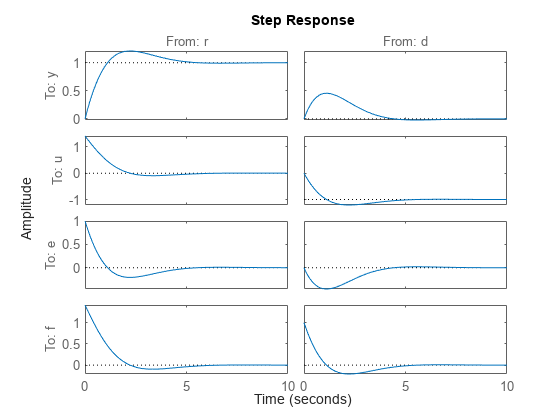imp2exp
Convert implicit linear relationship to explicit input-output relation
Description
B = imp2exp(A,yidx,uidx,'min')B with as many states as
A. Use this syntax when A(:,yidx) has a proper
inverse. This option is ignored for sparse models because it typically destroys sparsity.
For ss, genss and uss models,
B is returned in implicit form by default. Use isproper or ss(sys,'explicit') to extract an explicit model
if desired.
Examples
Input Arguments
Output Arguments
Version History
Introduced in R2011b

